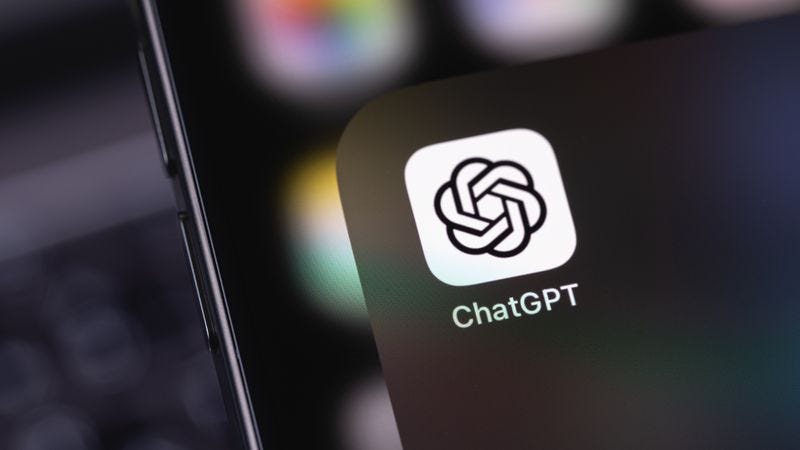How ChatGPT 4.1 Is Helping Supply Chain Leaders Build Forecasting Apps in 5 Minutes
From Static Spreadsheets to Smart Apps - No Code Required
AI isn’t coming - it’s here. And the latest release of ChatGPT 4.1 is making it easier than ever for supply chain, procurement, and logistics professionals to build intelligent apps on the fly, without needing a tech team or writing a single line of code.
If you're running manual reports every month, waiting on IT to update your dashboard, or struggling to model cost scenarios - this changes everything.
🧠 What Makes GPT-4.1 Different?
With GPT-4.1, OpenAI has built a version of ChatGPT specifically optimized for building applications. Think:
Fully functional forecasting tools
Dynamic dashboards with live charts
Scenario planning calculators
Real-time cost analysis apps
Inventory prediction models
All of this can be done in minutes - by simply uploading a CSV file and describing your problem clearly in a prompt.
No devs. No bottlenecks. No more waiting…
🚚 Why This Matters for Supply Chain & Procurement Teams
Supply chains are constantly adapting to shifting demand, supplier delays, tariff impacts, and weather disruptions. But most teams are still stuck using static tools like Excel or outdated ERP reports.
With AI agents and apps built using GPT-4.1, you can:
Build a freight rate forecasting app that tracks global port costs in real time
Monitor supplier delivery performance across SKUs and regions
Create a predictive inventory dashboard to highlight stockouts before they happen
Model the impact of rising raw material prices across your BOM in seconds
Automate procurement reports that update as POs, RFQs, and contracts change
🔧 How to Build Your Own Forecasting App (In 5 Minutes)
Here’s how it works:
1. Open ChatGPT 4.1
Make sure you're using GPT-4.1 via ChatGPT Plus. It’s faster, more accurate, and better at parsing complex supply chain datasets.
2. Upload Your CSV File
This could be historical demand, purchase orders, shipping lead times, or logistics costs.
3. Paste This Prompt (Example):
Build me a forecasting app that predicts next quarter's shipping costs based on this data. Include an interactive dashboard with filters for carrier, lane, and region. Add charts for cost trends and confidence intervals.
4. Review and Refine
ChatGPT will generate code, build the UI, and guide you through deployment on platforms like Replit, Streamlit, or Vercel—all without needing you to code.
🏭 Real-Life Example: A Procurement Director’s Use Case
Marie, a procurement director at a mid-sized manufacturer, used GPT-4.1 to build a cost variance analyzer for packaging materials across global suppliers.
Within 10 minutes, she had:
Uploaded 12 months of supplier invoices
Used GPT to build a dashboard comparing unit price trends
Flagged three suppliers with unexpected price increases
Automatically created a report with commentary for the CFO
“This would have taken two weeks with IT,” she said. “Now I can do it over coffee.”
🔮 What Else Can You Build?
Supply chain and logistics teams are already using GPT-4.1 to build:
CO2 emissions calculators across multimodal routes
RFQ recommendation tools using historical award data
Demand sensing apps based on POS and weather inputs
Resilience scoring tools for critical suppliers
💡 Final Thoughts: A New Era of Supply Chain Builders
With ChatGPT 4.1, the era of waiting on dashboards is over.
If you understand your data—and can describe the insight you need—then you can now build your own solution. AI is no longer just for the IT department. It’s for the supply chain analyst, the procurement manager, and the logistics planner ready to move faster.
👇 What Would You Build?
What’s one task in your current supply chain process you’d love to automate with an AI app?
Share your ideas in the comments, or join the discussion on Chain.NET, where supply chain innovators are experimenting with GPT-powered tools.
For more examples, strategies, and step-by-step playbooks, subscribe to The Future Chain.





